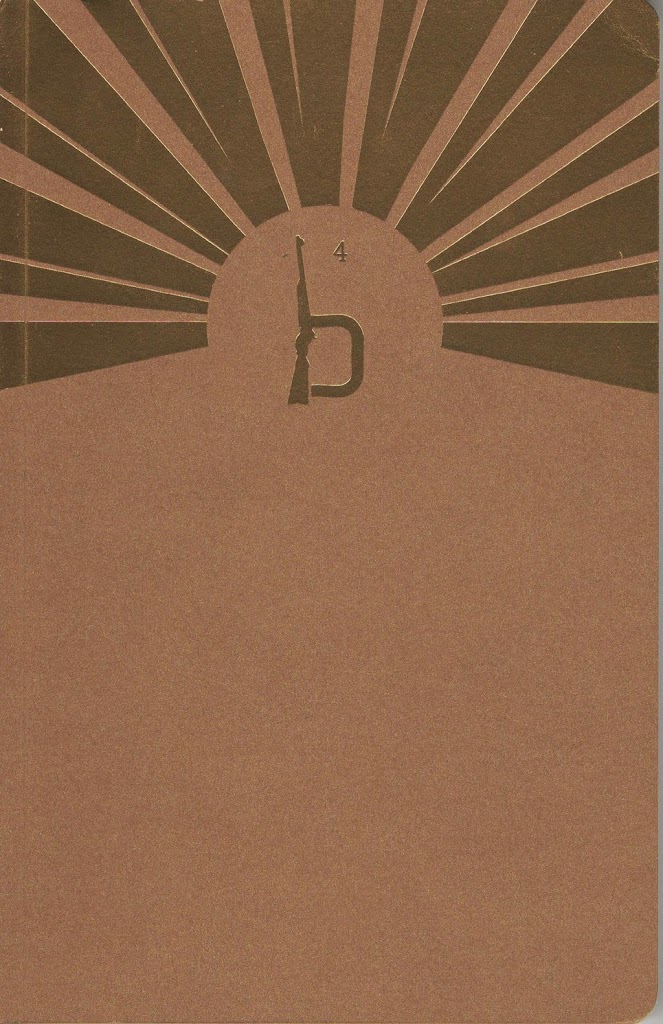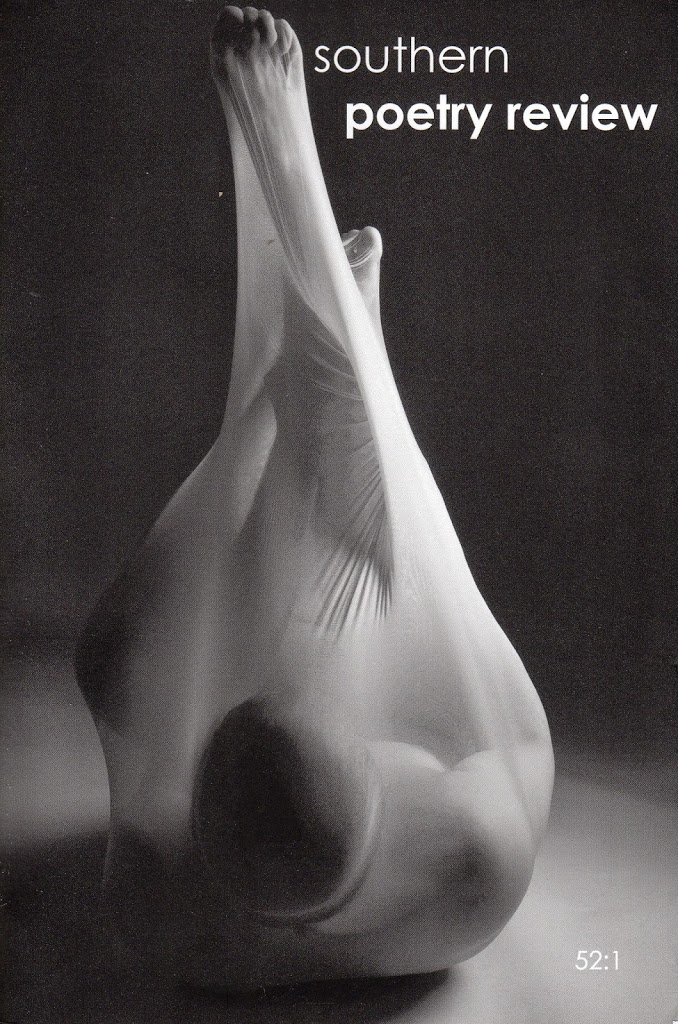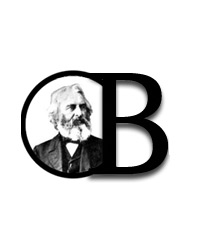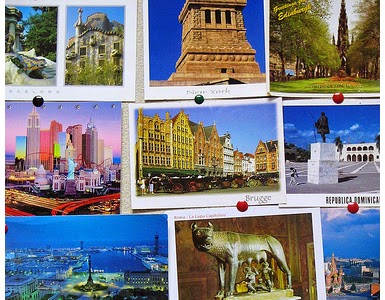Children’s Books :: Baxter, the Pig Who Wanted to Be Kosher
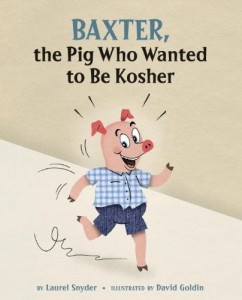 Just when you thought you’d read ’em all: Baxter, the Pig Who Wanted to Be Kosher.
Just when you thought you’d read ’em all: Baxter, the Pig Who Wanted to Be Kosher.
Author Laurel Snyder is joined by artist David Goldin in this newest of her books and novels for children. I first met Laurel about six years ago at a FLAC conference, and her energy and enthusiasm left an indelible mark in my memory. This book brought back a rush of those memories, as I could almost hear the joyful nature of her voice across every page.
Baxter, yes a pig in a human world, in a chance encounter with a man at a bus stop, hears about Shabbat dinner – the candles, the dancing, the singing. Baxter can’t stop thinking of it as the week progresses and returns to the bus stop to find out how he can become “a part of” Shabbat dinner. Of course, a different stranger he encounters at the stop tells Baxter he can’t be “a part” of the dinner because he’s “not kosher.”
Not knowing what this means, Baxter sets out to become kosher, each time based on comments from a stranger he meets. First he eats (too many) pickles, then eats (too much) challah, and finally tries to become a cow by eating clover and wearing horns. All of this comes to an end when he meets Rabbi Rosen at the bus stop, who explains to him what kosher means – and Baxter’s shock at the realization that if he were kosher, he’d be eaten! Grateful he is NOT kosher, he takes up Rabbi Rosin’s invitation to attend shabbat at her home and enjoys all he had been longing for – including eating (too much) kugel.
By title alone, this book is a curiosity. Reading it is pure delight as Snyder quickly develops Baxter’s personality as curious, eager to learn, and wanting so badly to belong. The story is supplemented with a brief glossary at the end, which continues the story in Synder’s voice, such as this entry for rabbi: “learned, generous Jewish leader who devotes time to reading, thinking, teaching, and helping people (and pigs!). Rabbis often tell wonderful stories, wear hats, and have nice laugh wrinkles.”
Goldin’s illustrations and Synder’s text are well balanced. Golin’s illustrations are a mixed media, including photographs with drawings. Baxter pants and shirt are photographed images of cloth, the food – such as whitefish salad, knish, pickled eggs, and challah – are also photographs. This blend is engaging for children, who can recognize the difference and enjoy the “reality” of some of the images in the story. There are full color illustrations on every page, some full bleed, some insert, each busy enough to entertain readers with new discoveries in multiple readings.

